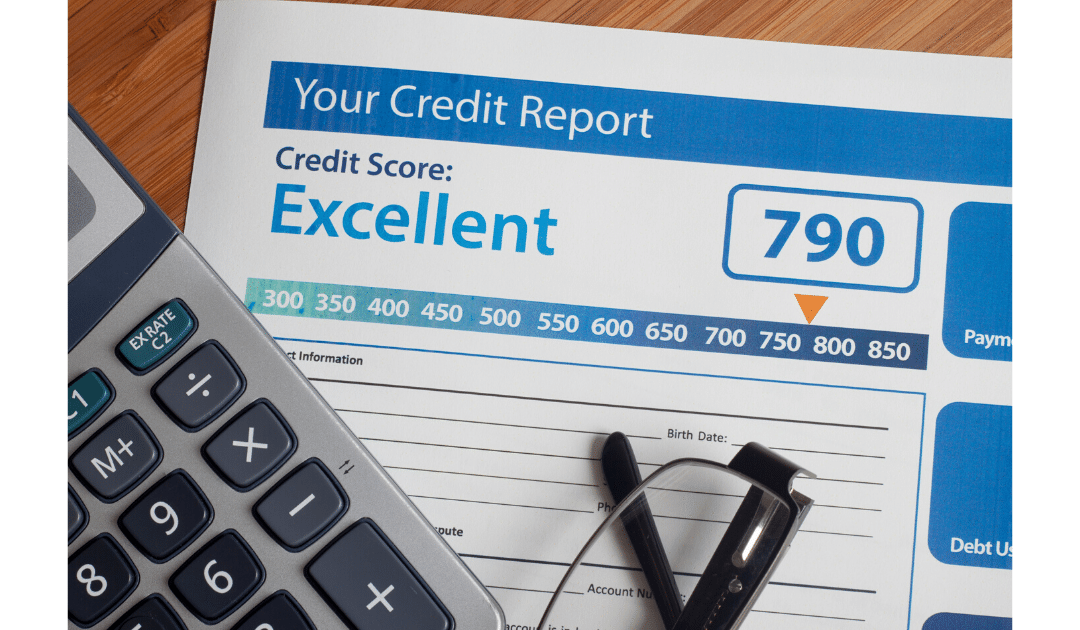By Charlestien Harris
Having access to credit can make dreams come true. In today’s world, you can hardly conduct business without using credit, rather it be renting a vehicle or hotel room or making a large purchase. Most people don’t worry about the information that is contained in their credit report until they try to conduct such business and get denied.
Experts advise that you get a copy of the report before attempting to make large purchases. You can easily get a free copy of your credit report at www.annualcreditreport.com. Reviewing the report allows you to see what is being reported to the credit bureaus about your financial transactions.
At first glance, the credit report can be difficult to understand for the average consumer. Every credit report contains the following four sections: Personal Identification, Accounts/Payment History, Public Records and Inquiries. The three credit bureaus (Equifax, Experian and Transunion) all contain the same information, but it may be arranged in a different format depending on which bureau’s report you pull. Now let’s look at what information is listed in each individual section.
- Personal Identification: This section contains information such as your name, address and former addresses, social security number, past and current employers, and some may contain your spouse and the number of dependents in your household.
- Accounts/Payment History: This section contains your open and closed accounts including account number; account balances; when the account was opened/closed; your credit limit; present balance; 30, 60 and 90 day past due payments; credit utilization percentage; collection accounts and your monthly payment amount.
- Inquiries: This is a list of creditors who have requested your credit history recently. These inquiries remain on your report for at least two years. If you request your own report, it is considered a soft pull and it will not affect your credit score. If you give a creditor permission to pull your report it is considered a hard pull so it will affect your credit score.
- Public Records: Any legal actions such as judgments, tax liens, bankruptcy, wage garnishments, foreclosures and repossessions are listed here.
The FICO score is the most widely used credit score in the financial industry. FICO Scores are calculated in most cases using the five following categories: payment history (35%), amounts owed (30%), length of credit history (15%); new credit (10%) and credit mix (10%). The percentages mentioned reflect how important each of the categories is in determining how FICO scores are calculated.
Your FICO score is unique to you, so while it is calculated based on the five categories mentioned above, the importance of these categories can be different for some people. The score of people who have not been using credit long will be calculated differently than those with a longer credit history. As the information in your report changes, so does the evaluation of the factors used to determine your credit score.
Many people ask me what is the quickest and easiest way to improve their credit score. The answer is most always to pay your bills on time. Paying your bills on time represents at least 35% of a person’s score. A creditor likes to see at least 12 consecutive on time payments.
Credit utilization is an important factor also, as it is the ratio of your outstanding credit account balances to your credit account limits. It measures the amount of available credit you are using. Creditors don’t like to see more than 30 percent use of the credit available to you.
If you want to know what your credit utilization percentage is for all your accounts, first add all the balances. Then add all the credit limits. Divide the total balances by the total credit limits and then multiply the result by 100. You can also calculate this for each individual account.
Keeping all of your accounts at the 30% level shows a creditor you are not overusing the credit available to you. To ensure that you stay at or below 30% credit utilization for each account, you should calculate what 30% of each of your credit limits is and never go over those amounts. For example, if one of your accounts has a $1000 credit limit then you know 10% would be $100. Multiply that number by three and you get $300. Therefore, you should not have more than $300 dollars charged out on that account at any time.
Credit is a privilege that can make dreams come true or it can be a nightmare if it is not used wisely. Now is the time to learn how to make credit work for you. If you have any questions you can always contact me at 662-624-5776 or by email at charlestien.harris@southernpartners.org. You can also find other accredited financial counselors at www.hud.gov to keep you on track with managing your finances.
Until next week, stay financially fit!

